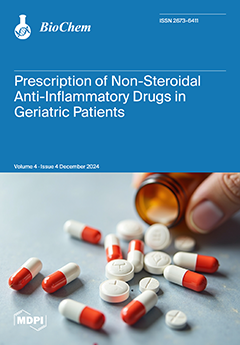Background/Objectives: Plant-derived compounds are increasingly valued in drug discovery for their therapeutic potential. This study aims to examine the antimicrobial, antioxidant, and anticancer properties of kombucha beverages fermented with Gardenia jasminoides (GJ) and various types of
Camellia sinensis teas: matcha green tea (MGT), organic green tea (OGT), and decaffeinated green tea (DGT).
Methods: Two experimental designs were employed: (1) using black tea as a base substrate, infusing the four teas post-fermentation over 0–14 days, and (2) directly fermenting tea–herb combinations over 0–21 days. Antioxidant activity was assessed via the DPPH assay. Microbial dynamics were analyzed through total mesophilic bacteria and
Lactobacillus counts. Antimicrobial potential was evaluated against
E. coli,
S. aureus, and
S. enteritidis over 24 h. Cytotoxicity assays were conducted on Caco-2 and U251 cell lines to assess anticancer effects, with pH-adjusted controls used to differentiate bioactivity from acidity.
Results: In the first experiment, GJ kombucha displayed the highest antioxidant potential (IC50: 14.04 µg/mL), followed by MGT (IC
50: 32.85 µg/mL) and OGT (IC
50: 98.21 µg/mL). In the second setup, unfermented GJ kombucha initially showed high antioxidant activity (IC
50: 12.94 µg/mL), improving during fermentation to reach an IC
50 of 18.26 µg/mL by day 21. Microbial analysis indicated moderate increases in total mesophilic bacteria and
Lactobacillus in GJ kombucha after 14 days, while MGT, OGT, and DGT exhibited higher increments. GJ kombucha consistently demonstrated the highest antimicrobial activity against
E. coli,
S. aureus, and
S. enteritidis, with significant inhibitory effects observed by 24 h. Cytotoxicity assays showed that GJ kombucha reduced Caco-2 cell viability to 20% at 800 µg/mL after 14 days, while U251 cells maintained 50% viability at the same concentration.
Conclusions: This study highlights the antimicrobial, antioxidant, and anticancer potential of GJ kombucha, with fermentation enhancing bioactive metabolite production. Optimizing fermentation conditions, identifying specific bioactive compounds, expanding cytotoxicity testing, and exploring broader therapeutic applications of kombucha could maximize its health benefits and establish it as a natural antimicrobial and anticancer agent.
Full article




